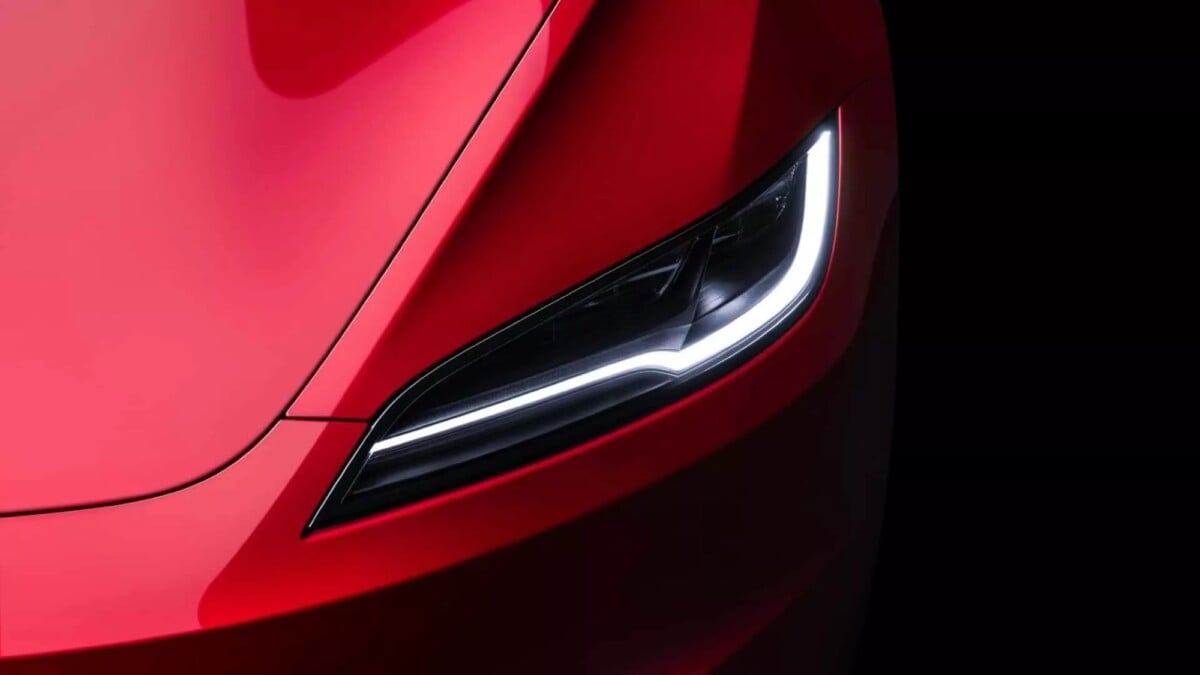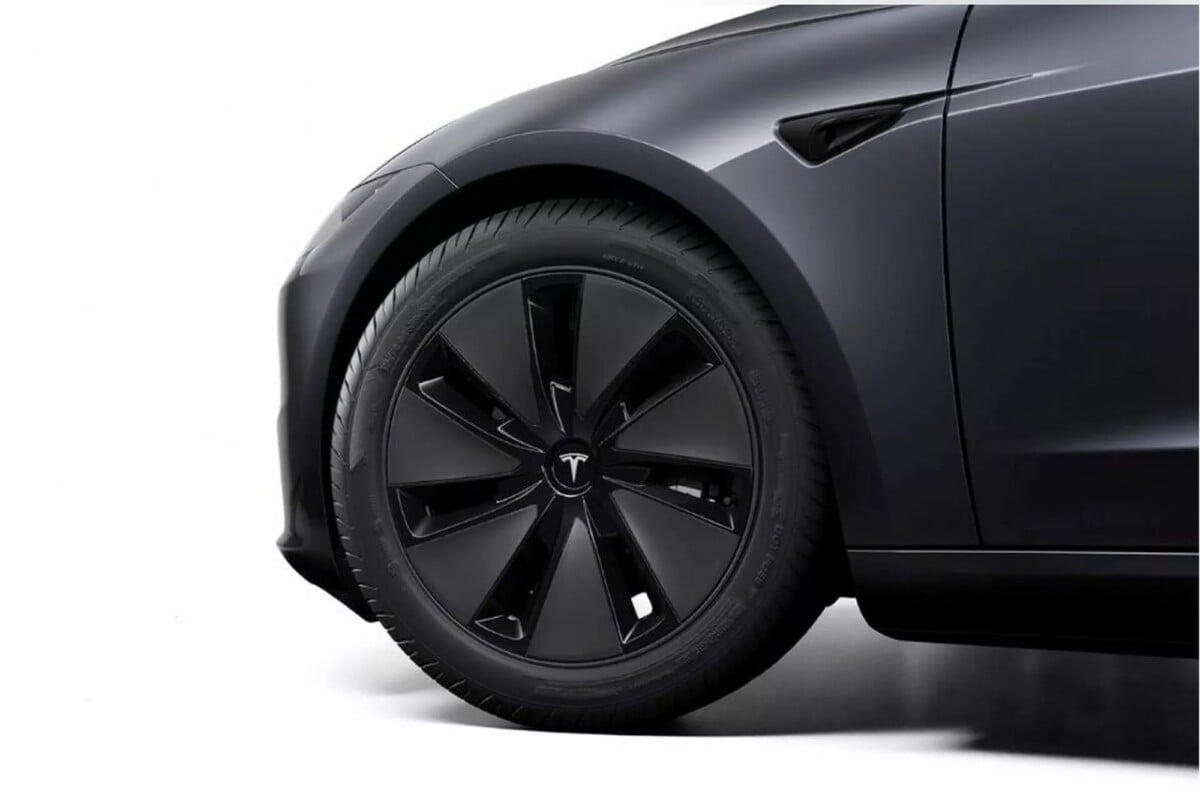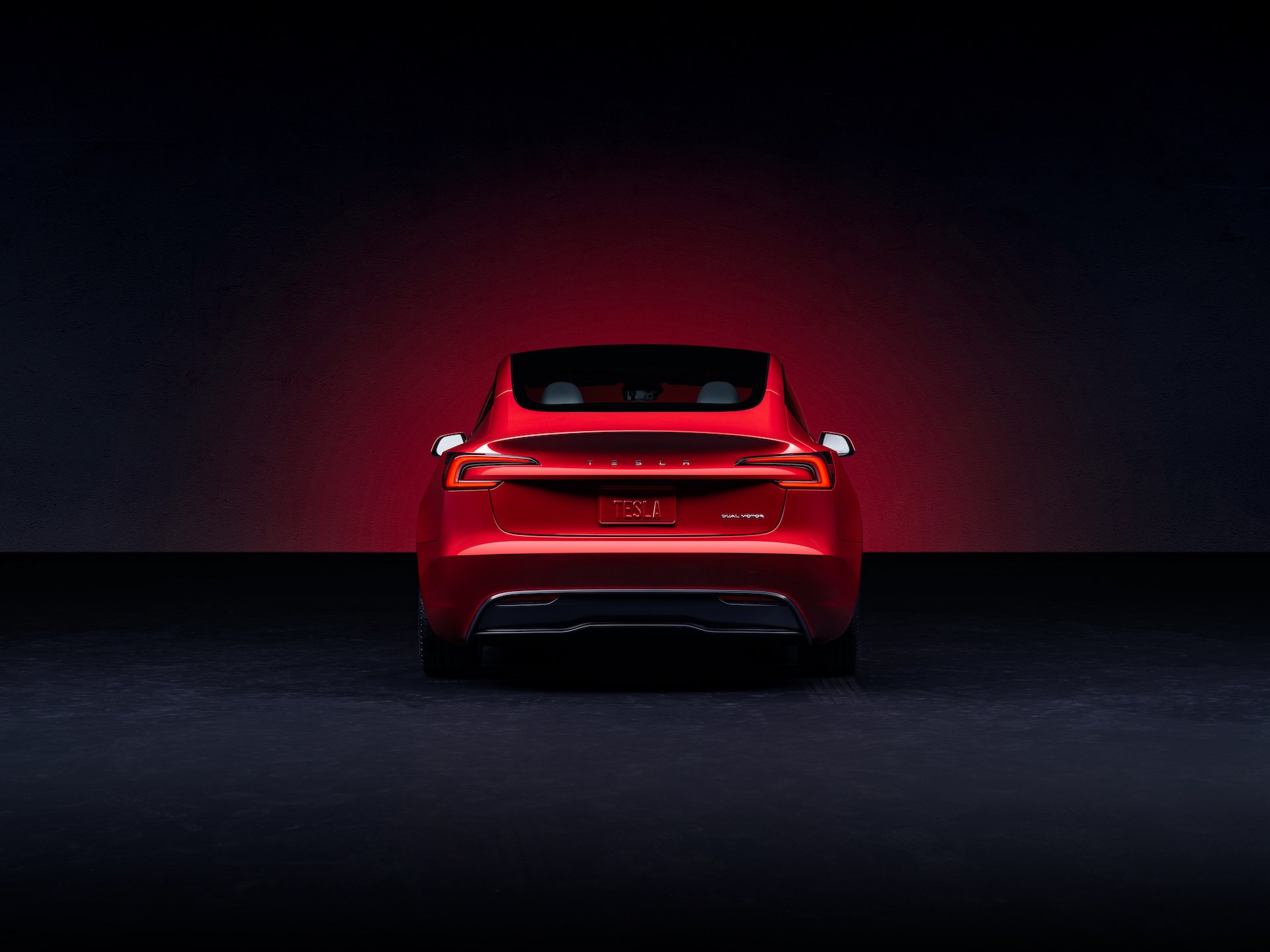A burning question arises: how could Tesla improve the range of the new Model 3 by almost 12% without touching the mechanics of the battery? Thanks to a mastery of efficiency.
The Tesla Model 3 has always been a model of efficiency. With the recent update, dubbed the facelifted Model 3 or Project Highland, Tesla has managed to raise the bar even further.
Although the majority of the parts have been revised (50% to be exact), one in particular has generated massive interest: how did Tesla increase range by 11-12% without even changing the battery?
To put it into context, the new Rear Drive (SR RWD) version of the Model 3 offers a range of 554 km (estimated) with 18-inch wheels, and 513 km (according to the WLTP cycle) with 19-inch wheels. The Long Range version (LR) offers even more: 678 km (estimated) with 18-inch rims and 629 km (WLTP cycle) with 19-inch rims.
The keys to this performance: aerodynamics and tires
The first big reason for this increase in autonomy is improved aerodynamics. The front end of the vehicle has been lowered and less rounded, allowing air to flow around the car more smoothly.

This change made it possible to achieve a drag coefficient of 0.219an improvement over the previous Cx of 0.23.

In addition, Tesla has equipped the restyled Model 3 more efficient tires. The Michelin e.Primacy for the 18-inch rims and the Hankook iOn EVO for the 19-inch ones also contribute to this impressive efficiency.
According to the calculations ofAutomotive-Clean, and according to WLTP standards, the entry-level version has a consumption of 13.2 kWh/100 km, while the Long Range goes up to 14 kWh/100 km. These figures take into account the loss of energy during recharging.
However, with batteries with a useful capacity of 57.5 kWh and 75 kWh respectively, the theoretical consumption values are 11.2 and 11.9 kWh/100 km. Tesla’s estimates are even more optimistic, suggesting consumption of 10.4 and 11.1 kWh/100 km for the sedan with the smaller wheels.
Tesla leads the pack
To put these numbers into perspective, let’s take a few notable competitors: the Dacia Spring consumes 11.7 kWh/100 km, the Lucir Air Pure 12.1 kWh/100 km, and the Hyundai Ioniq 6 12.5 kWh/100 km. Tesla therefore remains in the lead in terms of energy efficiency.
If you want to know more about the new Tesla Model 3, you can read our article on the 40 novelties between the old and the new version. We also recommend this reading: what’s wrong with the new Tesla Model 3.
Do you use Google News (News in France)? You can follow your favorite media. Follow Frandroid on Google News (and Numerama).
